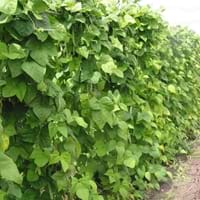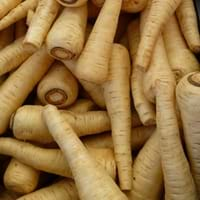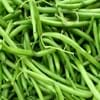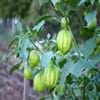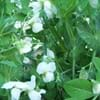Compare Bush Bean and Parsnip
Difference Between Bush Bean and Parsnip
If you are confused whether Bush Bean or Parsnip are same, here are some features about those plants to help you choose better. Many people think that these two plants have the same characteristics, but one can see Bush Bean and Parsnip Information and learn more about it. Fertilizers required for proper growth of Bush Bean are All-Purpose Liquid Fertilizer, whereas for Parsnip fertilizers required are All-Purpose Liquid Fertilizer. Hence, one should know the basic difference between Bush Bean and Parsnip if you are planning to have them in your garden to enhance its beauty.
<Flowering PlantsImportance of Bush Bean and Parsnip
Want to have the most appropriate plant for your garden? You might want to know the importance of Bush Bean and Parsnip. Basically, these two plants vary in many aspects. Compare Bush Bean and Parsnip as they differ in many characteristics such as their life, care, benefits, facts, etc. Every gardener must at least have the slightest clue about the plants he wants to plant in his garden. Compare their benefits, which differ in many ways like facts and uses. The medicinal use of Bush Bean is Nutritive whereas of Parsnip is Aphrodisiac. Bush Bean has beauty benefits as follows: Not Available while Parsnip has beauty benefits as follows: Not Available.
Compare Facts of Bush Bean vs Parsnip
How to choose the best garden plant for your garden depending upon its facts? Here garden plant comparison will help you to solve this query. Compare the facts of Bush Bean vs Parsnip and know which one to choose. As garden plants have benefits and other uses, allergy is also a major drawback of plants for some people. Allergic reactions of Bush Bean are Legume allergy whereas of Parsnip have Stomach burn respectively. Having a fruit bearing plant in your garden can be a plus point of your garden. Bush Bean has no showy fruits and Parsnip has no showy fruits. Also Bush Bean is not flowering and Parsnip is not flowering . You can compare Bush Bean and Parsnip facts and facts of other plants too.
|
||
|
||
|
